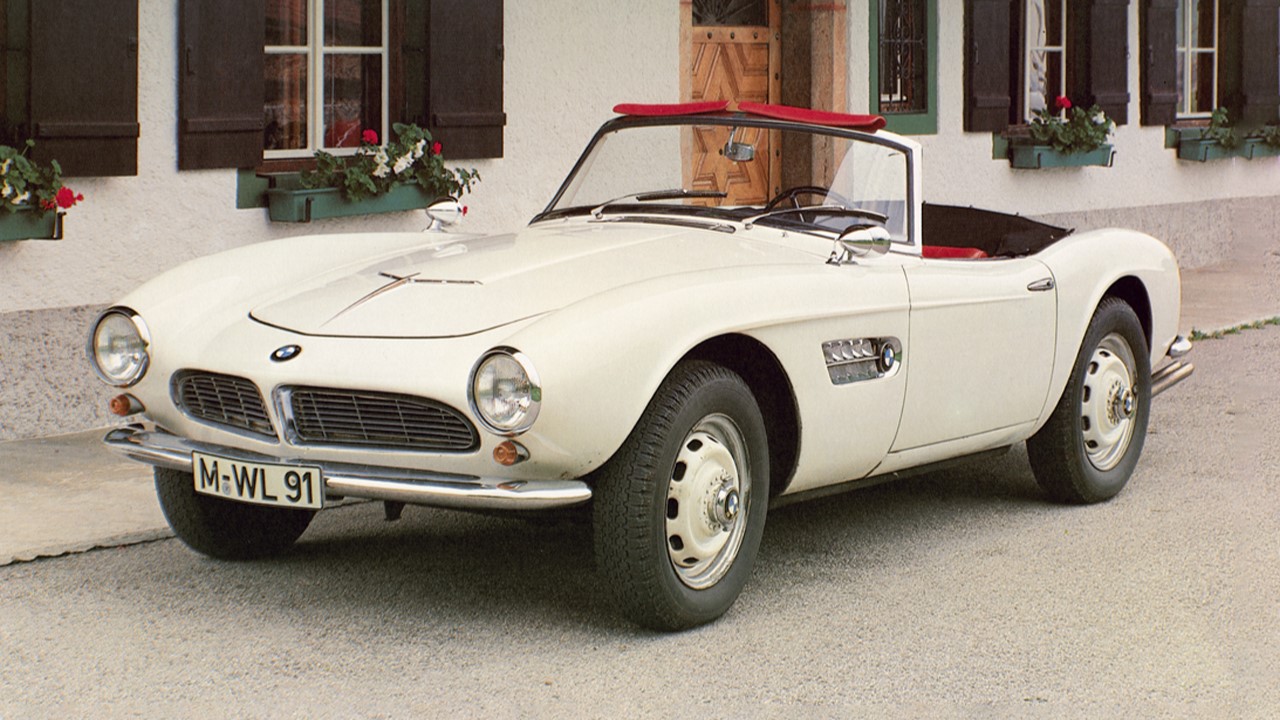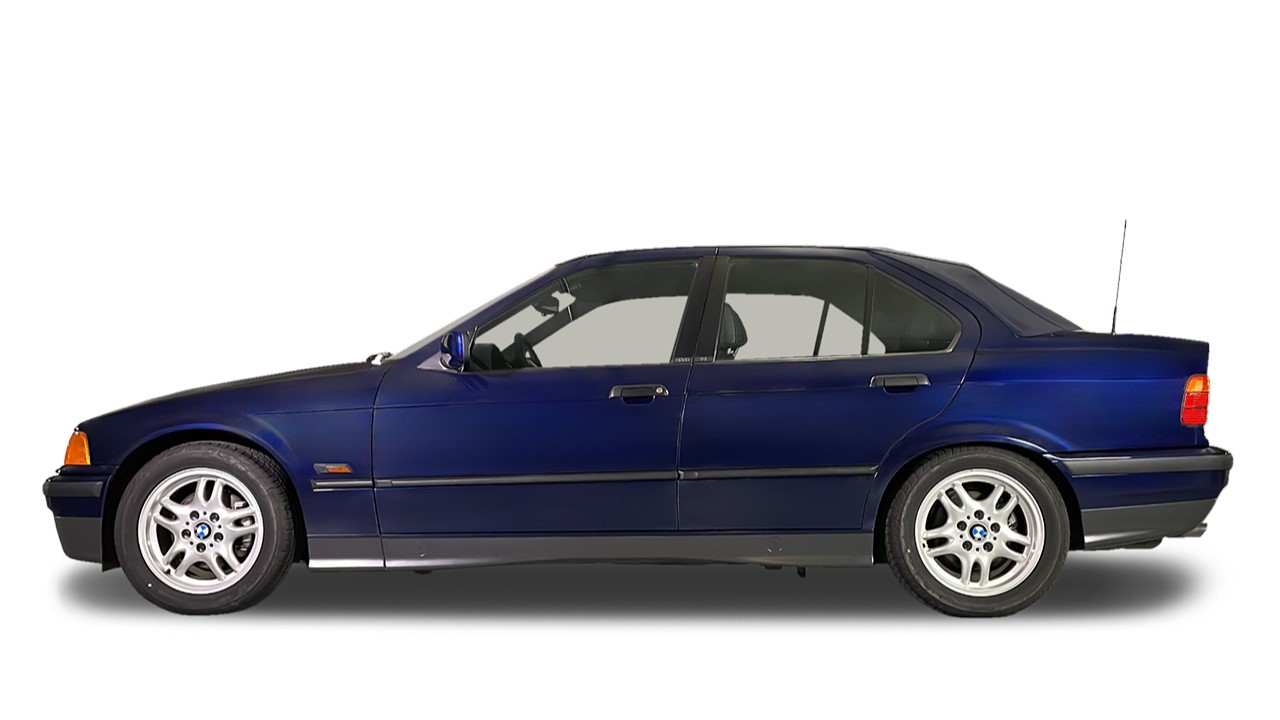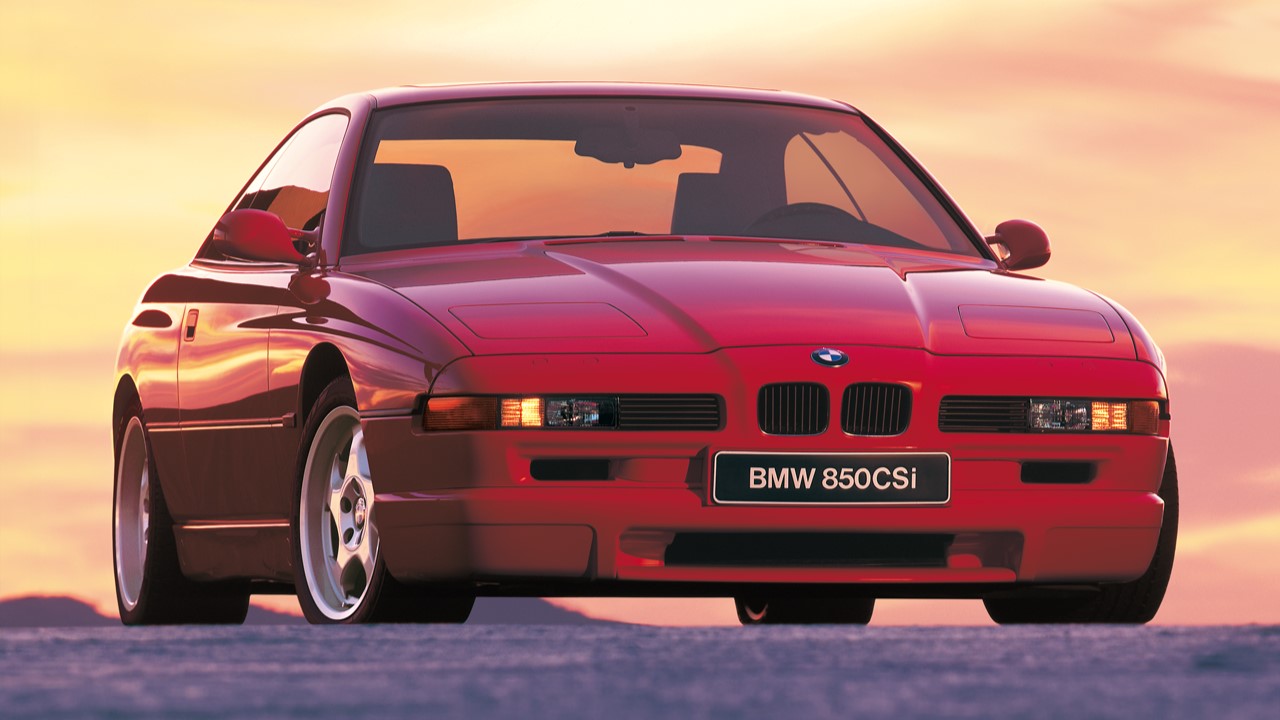
BMW 507 Roadster (Photos courtesy of BMW Group Classic)
Every now and then while I’m doing research for an article to write for this site, I get frustrated by how little information certain automakers provide about their past models. History is such an important part of an automaker’s success and its bond with generations of customers so it would be logical that a car company would want to publish the facts of its vehicles instead of letting people of outside of the company do it. That’s what BMW Group Classic is now doing for a variety of its model lines from the 1920s through the 2000s as part of its online Product Catalog.

There are three basic ways to navigate through all of the information. At the top of the menu, you can select by series, such as Pre-War Automobiles, Post-War Classics, or the various alphanumeric series – think 3, 5, X, Z, etc. As you can imagine, the 3 Series archives are extensive. Many of the models were familiar, but one of them in particular came as a surprise: the E36 Baur Topcabriolet. According to BMW Group Classic, “The four-door convertible offered four different roof variations. The side-window frames and the roll bar remained the same, the fixed roof over the front seats could be removed in the same way as a Targa top, and the soft rear-roof section with a rear window comprising a glass panel with a heater could be opened like a landaulette roof design.”

You can also peruse the database by decade and learn about the 507 of the 1950s, mid-engine M1 of the late 1970s/early 1980s, or the 225 U.S. versions of the V12-powered, six-speed-manual-equipped 850CSi made in the 1990s.
The third and final layer of the product catalog is Body Types, including Touring (aka wagon) and SAV (Sports Activity Vehicle), a term first used on the original X5 that debuted in 1999.
Unfortunately, there’s no section where BMW drivers can learn about using their turn signals.

